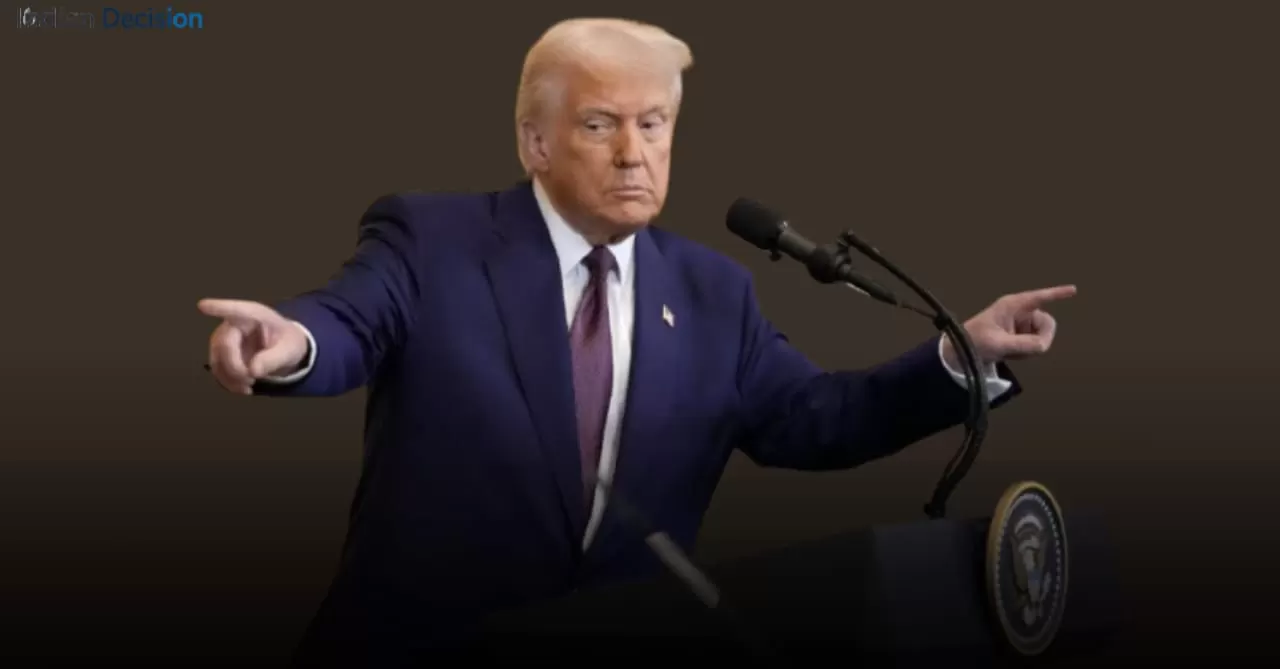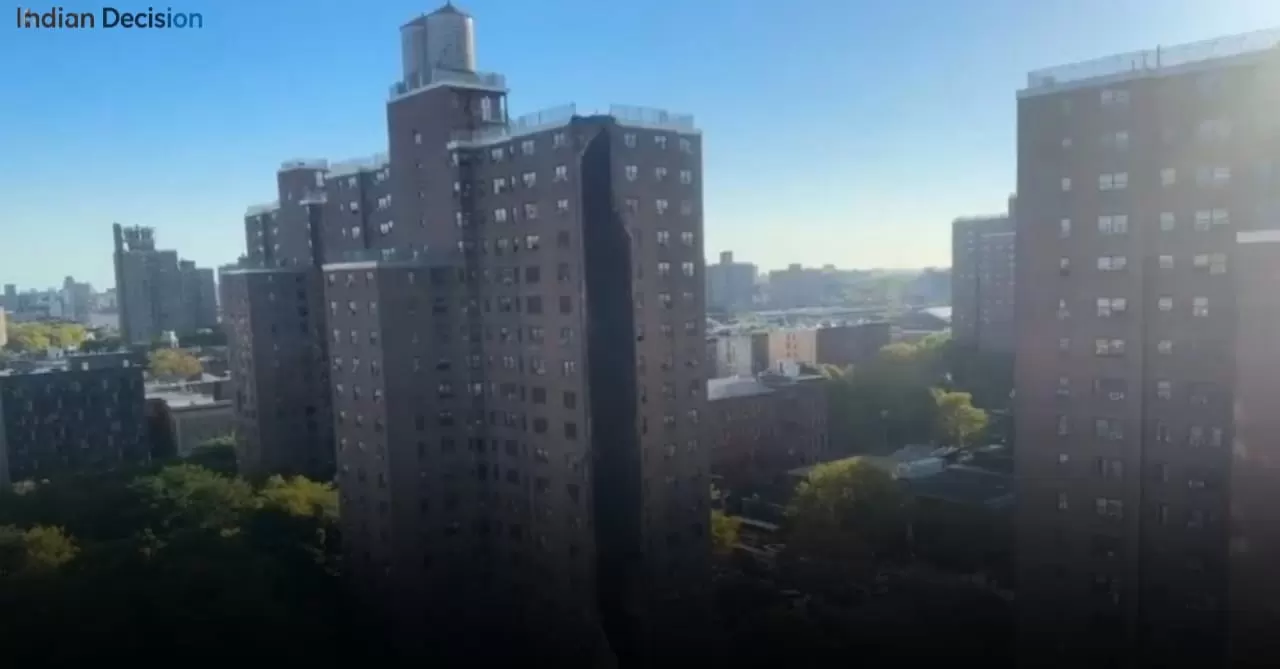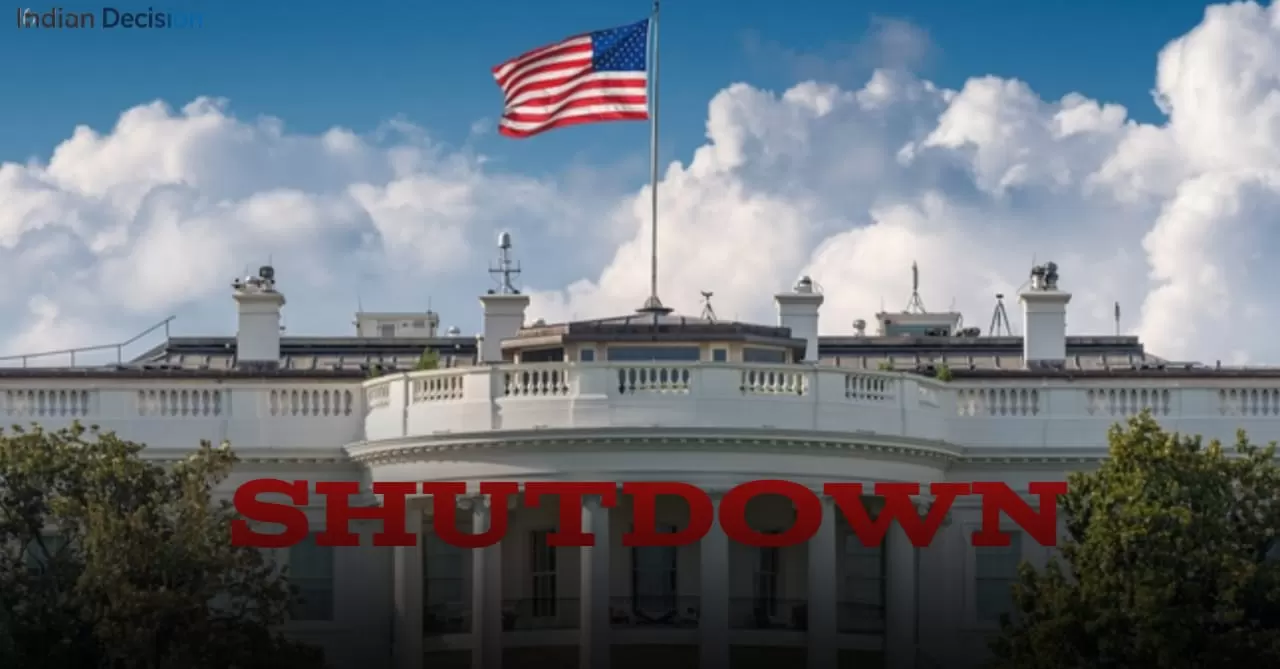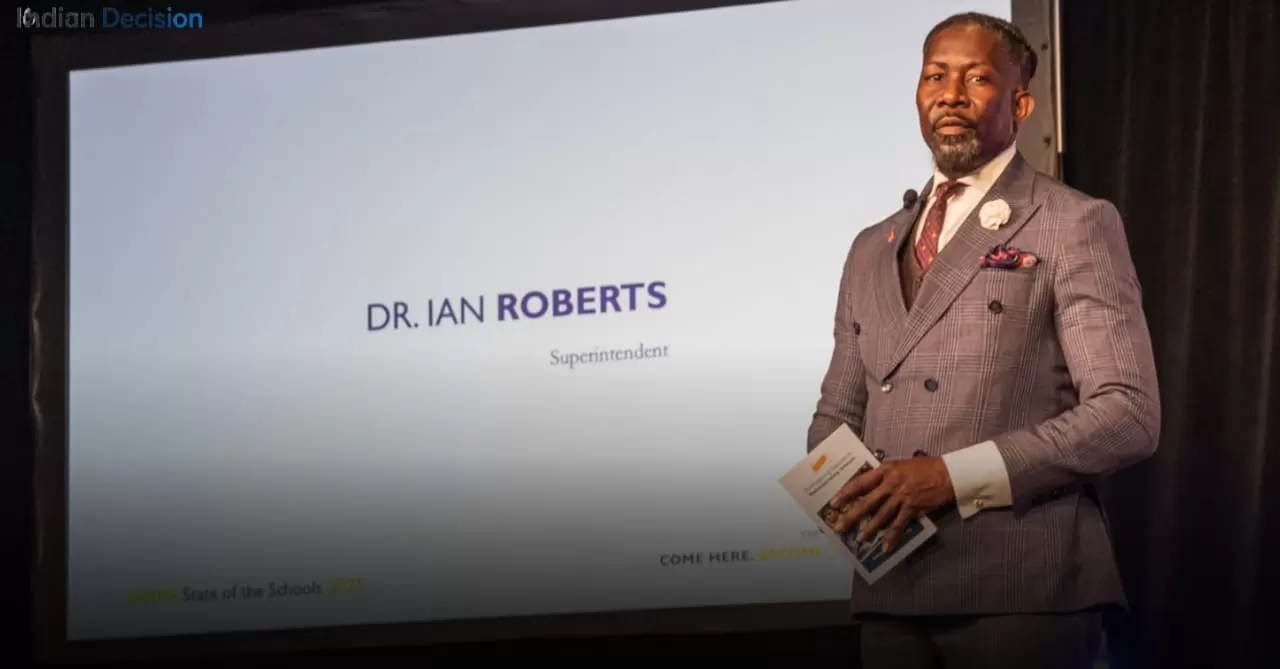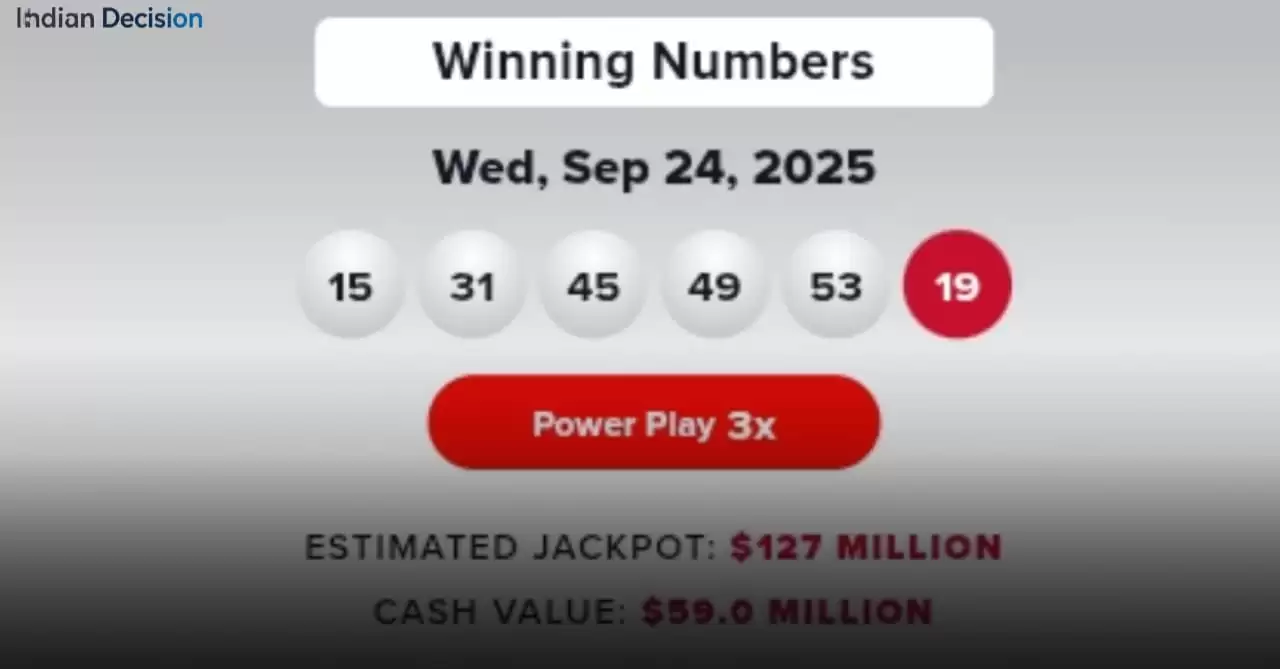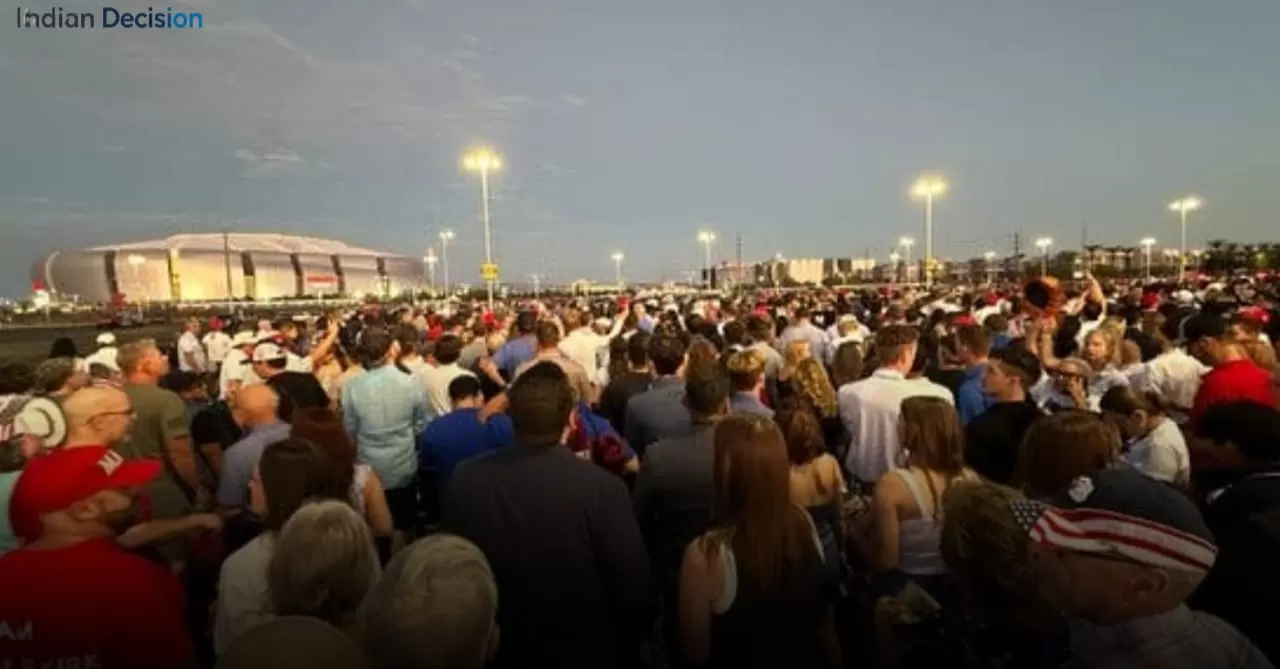What the Trump $100K Fee Means for H1B Visas
The White House under President Donald Trump has introduced a major change to the H-1B visa system: a new fee of "$100,000" per H1B visa application. This fee replaces or adds to existing charges and is designed to reshape how companies use the H1B program.
The update aims to target perceived abuses in the system where employers hire foreign workers for relatively lower wages, especially for entry-level roles. Under the new framework, only companies willing to pay much higher fees and likely offer higher wages would be in a better position to secure H-1B visas.
Today September 20, 2025 Key Developments
President Trump signed a proclamation introducing the $100K annual fee for H-1B visa applications. The measure is coupled with planned changes to prevailing wage requirements, making it harder for employers to use lower wage bands. Industry groups have warned this could reduce foreign talent availability for U.S. tech firms. Meanwhile state-level job market experts say some companies may rethink hiring strategies.
What Was the H-1B Visa System Before
The H-1B visa allows U.S. employers to hire foreign workers in specialty fields if there is no qualified American worker. The system grants about 65,000 standard visas and 20,000 additional ones for people with U.S. master’s degrees. Existing fees (application, petition, legal, etc.) ranged from roughly "$1,700 to $4,500" depending on specific circumstances.
Under What Authority Is Trump Acting?
The fee hike comes via a presidential proclamation a tool that allows the executive branch to set certain policies without new legislation. At the same time the Labor Department is being directed to review prevailing wages, which are a core part of H1B visas, under regulatory rule-making. Some legal experts are questioning whether the new fee exceeds what Congress legally allows, since Congress traditionally limits visa fees to cover administrative costs.
Who Is Affected & What the Impacts Might Be
For Employers
- Big tech firms and companies that traditionally rely on foreign skilled workers will face much higher costs per H1B hire.
- Startups or smaller companies may be priced out, especially when hiring midsize numbers of H1B workers. Higher fee could shift hiring abroad.
For Foreign Workers
- Those seeking an H1B visa may find fewer opportunities, or stricter competition; employers may limit sponsorship to higher-wage, higher-skill roles.
- The change may discourage international students or professionals from choosing U.S. paths if cost or legal uncertainty increases.
How This Compares to Previous H1B Fees & Policies
Under the old regime, H-1B visa fees were relatively modest compared to the new $100K fee. Prevailing wage requirements existed but allowed lower wage levels for younger or less experienced applicants. The cap system and lottery process were in place to allocate visas when applications exceed quota.
What the Future Might Hold
Legal challenges are expected. Some experts believe parts of the fee jump may be overturned in courts on grounds that fee setting is bounded by Congressional law. Policy adjustments may emerge: possible exemptions for roles deemed “national interest” or for small companies. There may also be revisions in prevailing wage rules to clarify thresholds.
Frequently Asked Questions
What is the “h1b visas trump” change?
This refers to Trump’s recent policy that adds a $100K fee for H-1B visa applications and updates how the program works under his administration. It is central to current H1B visa news and debates.
How much is the new H-1B visa fee?
The new fee is "$100,000" per visa application annually under the latest Trump proclamation. It is much larger than previous fees.
What are prevailing wages in H-1B visas?
Prevailing wages are wage thresholds set based on job type, experience, and location. They ensure H-1B holders are paid fairly relative to U.S. workers. Trump’s update will raise those thresholds.
How will this affect h1b visa fees for employers?
Employers will be responsible for the new $100K fee in addition to existing application costs. Smaller firms and tech companies are likely to feel the burden more.
Is this an executive order or a legislative act?
Trump used a proclamation (a form of executive action) to implement the fee, rather than waiting for Congress to pass new legislation. Some supporting changes will require regulatory rule makings.
Will this reduce the total number of H-1B visas issued?
Potentially yes. The higher cost and stricter wage requirements may reduce the number of applicants and discourage employers from using the program heavily.
Who might be exempted or impacted least by this change?
Possibly firms with very high-wage salaries or roles in national interest, plus applicants already under contracts with expected high pay. Exemptions are not yet fully detailed.
Read Also: Trump Suggests Starmer Could Use Military to Control UK Borders
Conclusion
The “h1b visas trump” policy marks one of the most sweeping changes in recent H-1B visa history. It raises the fee to $100K, shifts prevailing wage rules upward, and could reshape who gets access to U.S. work via H-1B visas. For employers, foreign workers, and the tech sector, the stakes are high. If you want to dig deeper, explore related topics such as U-S immigration law reforms or how prevailing wage calculations work under the new regime. Learn more about h-1b visa rules and updates.

